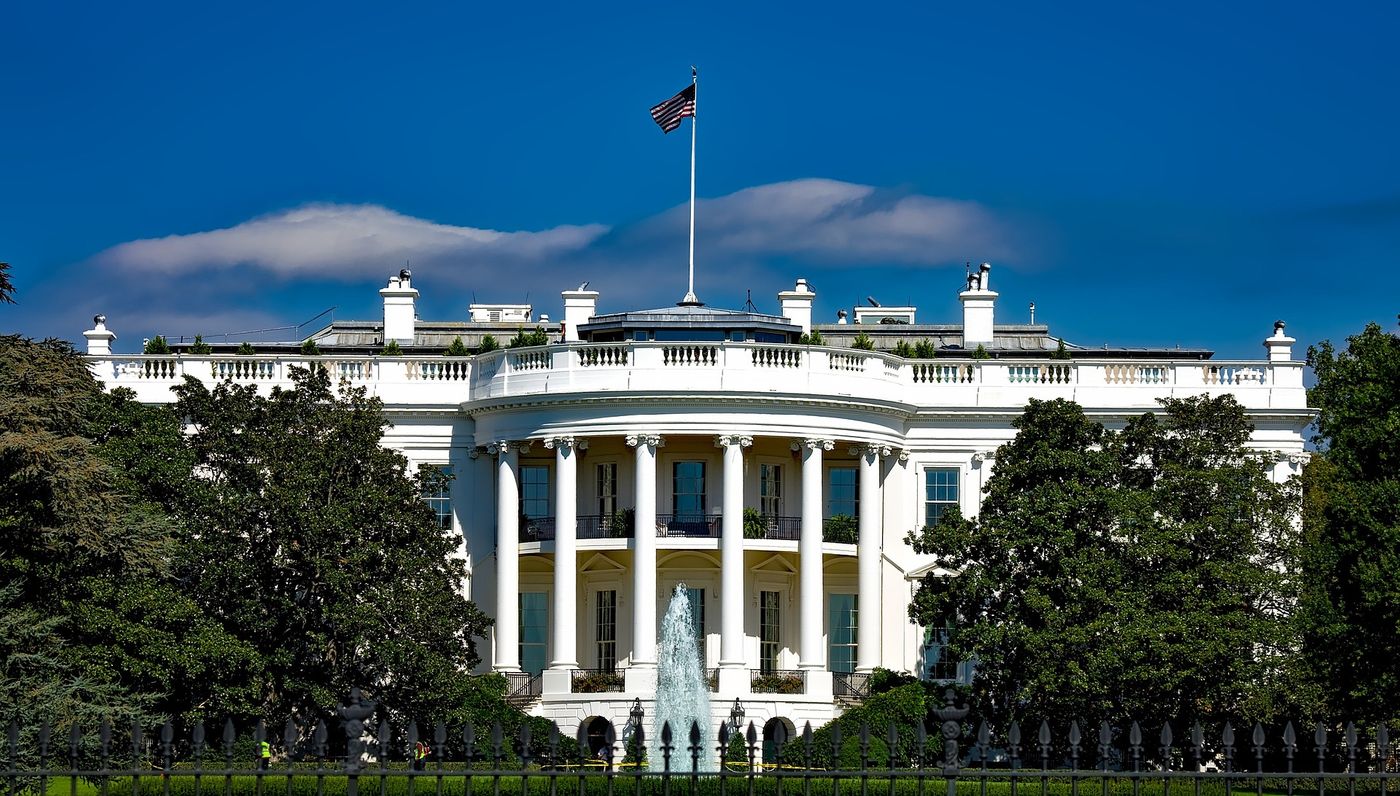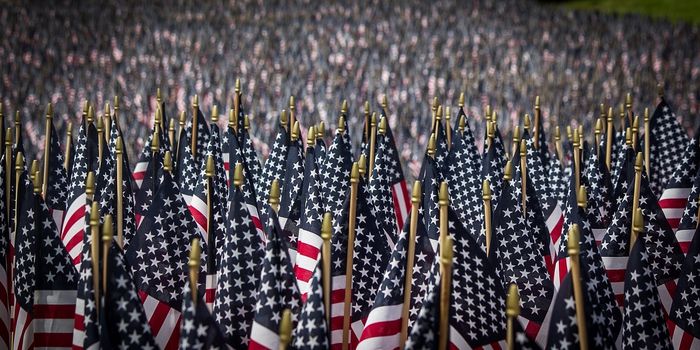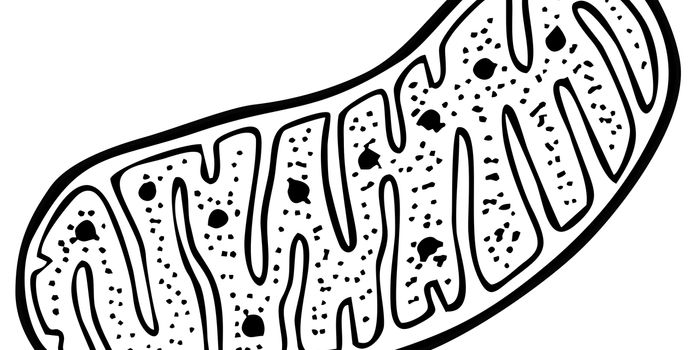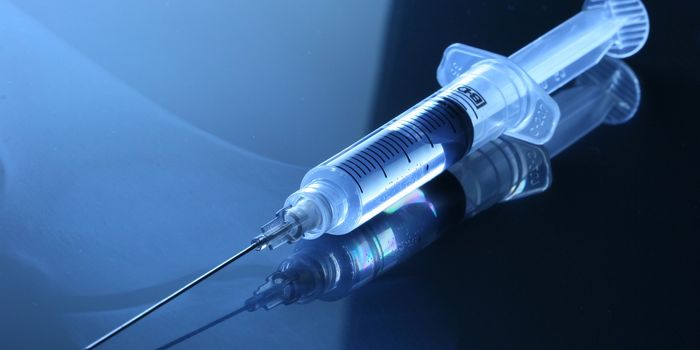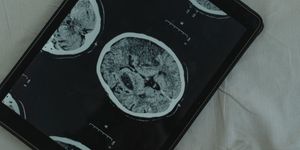First Ladies and their Cancer Journeys
Last year on Presidents’ Day, we investigated some US Presidents known to have cancer diagnoses. This year, we will discuss how cancer has impacted the Presidents' wives, the First Ladies.
Betty Ford
About a month into her role as Frist Lady, Betty Ford underwent a radical mastectomy (removal of the whole breast, lymph nodes, and the muscles under the breast). Ford did not shy away from discussing her health in public, an unusual concept at the time. Following surgery, she hoped if she spoke about her cancer “candidly and without embarrassment, many other people would be able to as well.” Ford continued trying to remove some of the stigma associated with the disease and advocating for the overall health of cancer survivors. She worried that many women fear cancer to the point of endangering themselves stating, “fears of being ‘less’ of a woman are very real, and it is very important to talk about the emotional side effects honestly.” Ford’s courage and honesty about an otherwise taboo subject encouraged millions of women to seek breast cancer screening. The magnitude of Ford’s impact became notable when detection rates skyrocketed, a phenomenon researchers call the “Betty Ford blip.”
Nancy Reagan
Nancy Reagan underwent a modified radical mastectomy (removal of the breast tissue and lymph nodes) in 1987. At a time when many women opted for breast-conserving surgeries to treat breast cancer, Reagan received critical media coverage calling the surgery unnecessary and extreme. One article in the New York Times even stated that Reagan’s choice of treatment “set us back 10 years.” Reagan defended her choice to undergo a mastectomy, partly because of concerns about follow-up treatments associated with the breast-conserving surgery option (lumpectomy).
Laura Bush
During her tenure as First Lady, Laura Bush received a diagnosis of squamous cell carcinoma, the second most common type of skin cancer. At first, Bush mistook the cancerous spot on her skin as an insect bite, and she attributed her cancer to her fair skin and spending time outside while growing up in Texas. After having the cancer removed, Bush stated that she hoped it would encourage others to be on the lookout for possible signs of cancer.
Jill Biden
Last month, during a routine skin cancer examination, Jill Biden’s doctors found a lesion suspected as basal cell carcinoma, the most common form of skin cancer. Biden underwent a procedure known as Mohs surgery, the systematic removal of skin, one layer at a time. Doctors removed two cancerous lesions, and Dr. Kevin O’Connor stated, "all cancerous tissue was successfully removed, and the margins were clear of any residual skin cancer cells." Biden remains a respected advocate for cancer awareness, encouraging screening, and advancing research. Biden supports President Biden’s Cancer Moonshot program aiming to accelerate the rate of progress against cancer.
Lost to History?
As is always the case with historical outlooks on cancer, we must consider how diagnostic techniques have advanced. We would likely have more First Lady’s cancer journeys to discuss if we could apply modern medicine techniques to people living in the 1700s. In addition, the stigma associated with cancer has only evolved in recent decades, so some women in the spotlight may have hidden their disease from the public for self-preservation.
Sources: Cancer Letter, Bull World Heath Organ, New York Times (Oct. 18, 1987), JAMA Network, New York Times (March 5, 1988)
